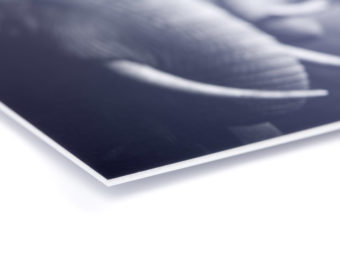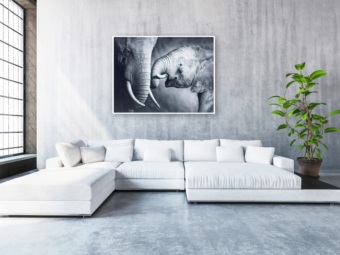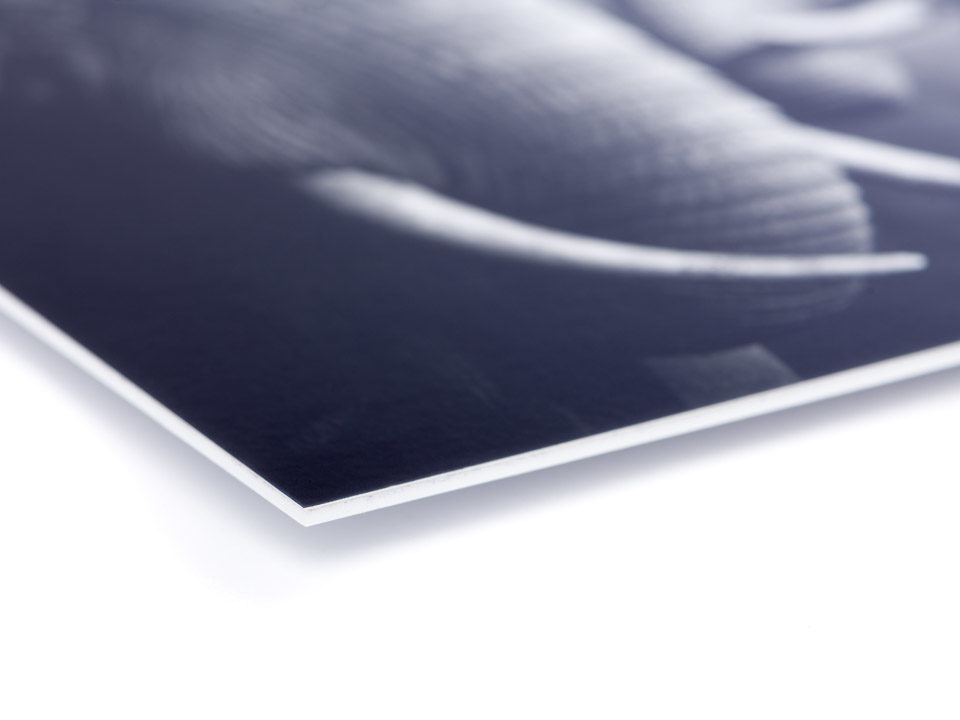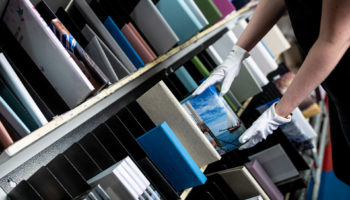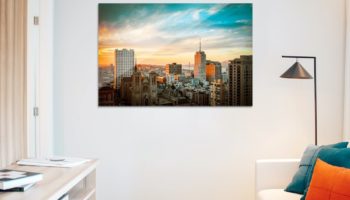What are the delivery times?
The delivery time varies per product, which is why we have provided a detailed overview where you can find all our delivery times.
How do I make customised photos in Lightroom?
As a rule of thumb, we always try to print your photo to ratio, as large as possible onto your selected format. With most photos the short side is fixed and the long side is proportionally enlarged, except with panoramic photos where this is the other way round, where the long side is fixed. So, one of the sides will always be ‘standard’. But, what if you don’t want a standard format, but say instead, a 30×40 print?
Read on. The first thing to do is crop the photo. This isn’t necessary, but may help you. Tools -> Trim (shortcut key R).
Then, open the print menu File -> Printer (shortcut key Ctrl+P).A drop-down menu will appear on the right, listing a number of options. At the bottom, you’ll see Print taskThis menu drops down, and at the top you’ll see Print to: Printer. Change this to Print to: JPG file. Tick Edited file measurements, and enter the measurements of your ultimate file.
For example, you want a 30×40 photo. So you then order format 30×30-30×45.
Under Layout you enter where you want the white border, and how big the final photo should be. Under margins you select how much white border space you want on each side. With a 30×40 photo you get a white border measuring 0.5 cm, that you could, say, place at the top. At cell size, put in that the photo will be 30×40.
- If the photo has already been cropped you don’t need to do anything else here.
- If the photo isn’t yet cropped, you can now drag the photo to determine the cutout.
You can then save the photo by clicking on Print to file ….
Editing multiple photos simultaneously
A great bonus in Lightroom is that you can create templates that help you easily apply your editing to all imported photos. For this, press on the plus sign and create a template. When you select a photo and then click on a template, it is automatically applied to the photo. Now all you need to do is check that the cutout of all the photos is right, and then simply save all the photos simultaneously by selecting them and clicking on Print to file …
How I do make customised photos in Photoshop?
Our software always enlarges the long side proportionally to the print’s short side. And with a panoramic shot, to the print’s long side. So, one of the sides will always be ‘standard’. But, what if you want an entirely different format, e.g. a printing format such as A4?
We will explain step-by-step how you can do this. Let’s begin:
Trimming
- Start by trimming (shortcut key C), select “aspect ratio” at the top and then enter your preferred aspect ratio, e.g. 29.7×21 (do not include measurement units such as cm or mm)
Edit the image size
- Go to Image-> Image size (shortcut key Alt+Ctrl+l) -> and enter your preferred size -> OK.
- This relates to the same aspect ratio you entered previously. Make sure the ‘calculate new pixels’ tick box isn’t ticked. If you don’t tick this, the resolution automatically changes with it.
Determine the measurements the photo fits into.
- One side is fixed; the width of the paper roll your photo will be exposed on to. With all formats this is the short side, except with 10×15 up to 11×15, when it’s the long side.
- The fixed side will NOT be trimmed. The other side is trimmed at the point where the photo stops: at the smallest at minimum format (square), and at the biggest at the size given in the previous link. But at all other formats in between too.
- (For example: we want a 21×29.7 cm photo (state short side first), this format just falls outside the 20×20 to 20×30 range; namely, the short side is 20.3 cm, so we need to opt for 30×30 to 30×45. Thereby, the minimal format is 30.5×30.5 cm. Given our photo just falls outside that, the canvas must become 30.5×30.5 cm.
- Imagine the photo had measured 21×40 cm, then we could make the canvas 30.5×40 cm, and would be trimmed accordingly.
- Imagine the photo had measured 21×50 cm, this wouldn’t then have fitted this format, and the photo would have to be placed in a larger one. In this instance, 40×40 to 40×60. The canvas would then acquire the following size: 40.6×50 cm, and would trimmed accordingly.
Edit canvas size
So, you determined the canvas size based on the minimum and maximum formats.
- Go to Image -> Canvas size (shortcut key: Alt+Ctrl+C) and enter the canvas size. Ensure “relative” isn’t ticked , and the canvas enlargement is best set to white. Unless you would prefer a different colour as extra space around your photos.





